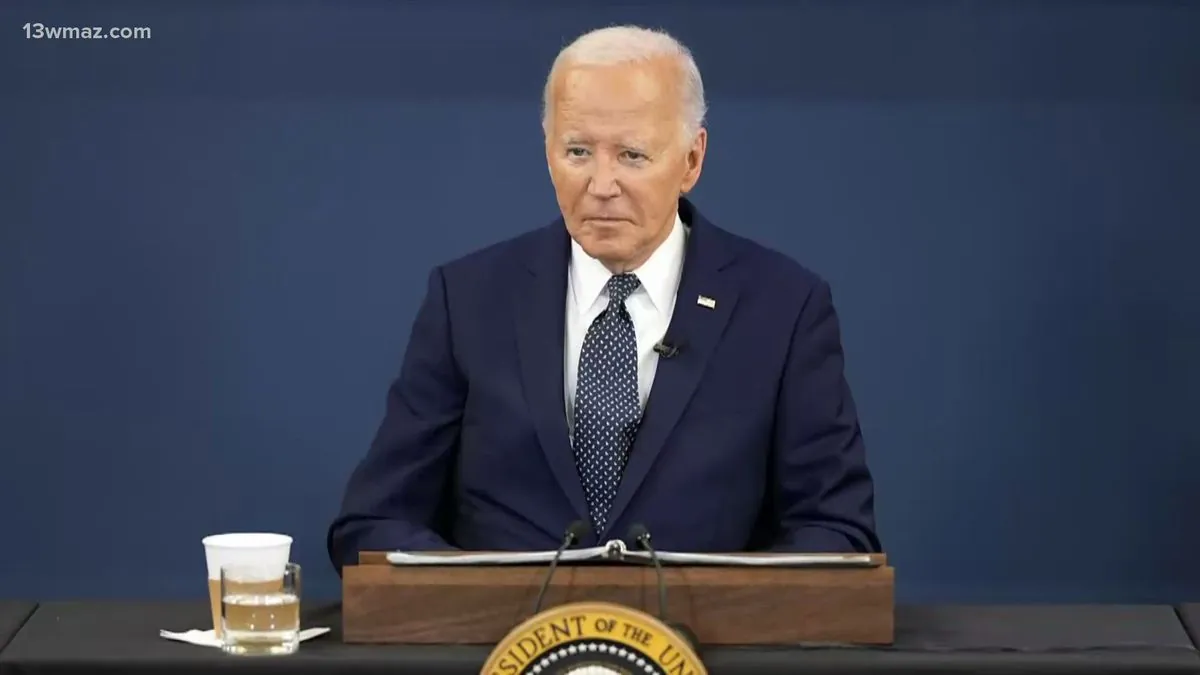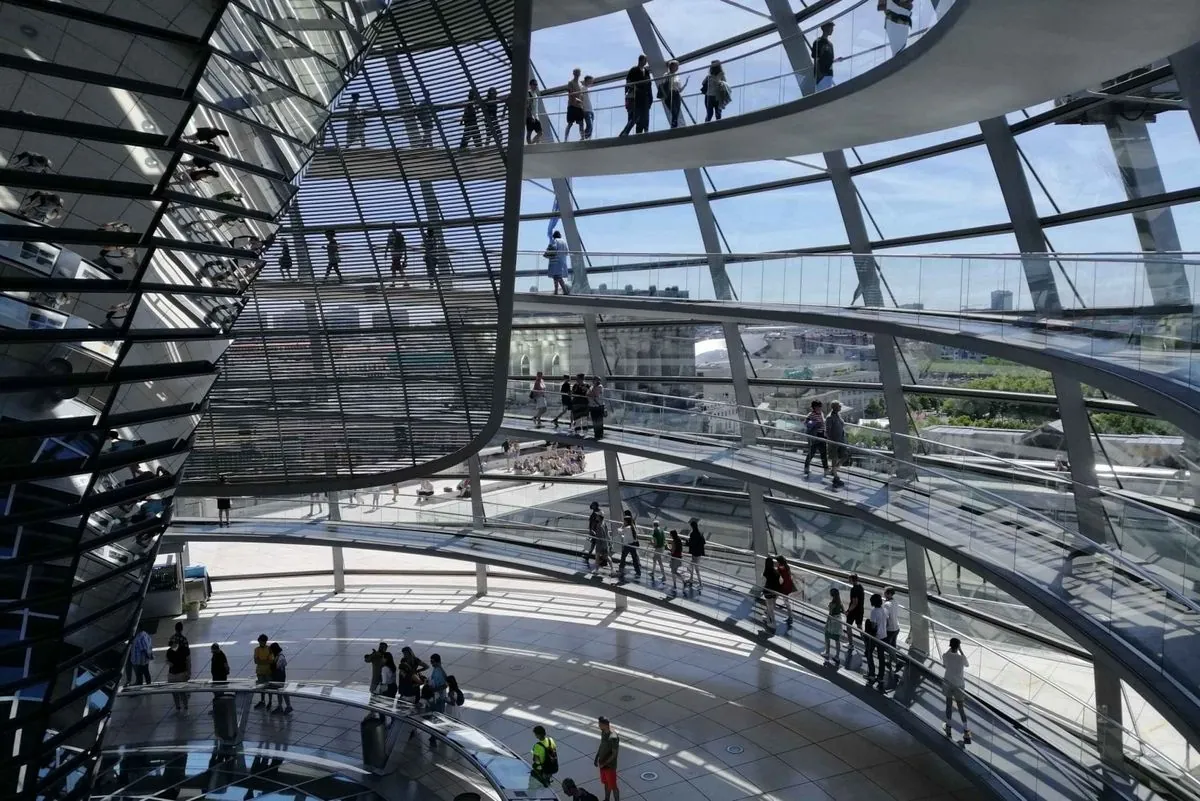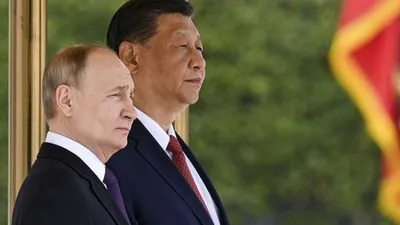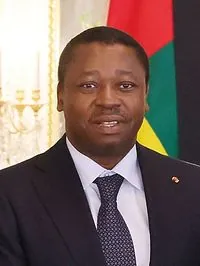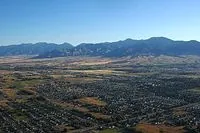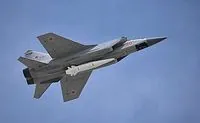Syrian power shift: How Assad's grip on Damascus suddenly changed
Long-time Syrian leader faces unexpected challenges as rebels gain ground in western regions. Former allies Russia and Iranʼs attention shifts elsewhere leaving Assadʼs position more vulnerable than ever
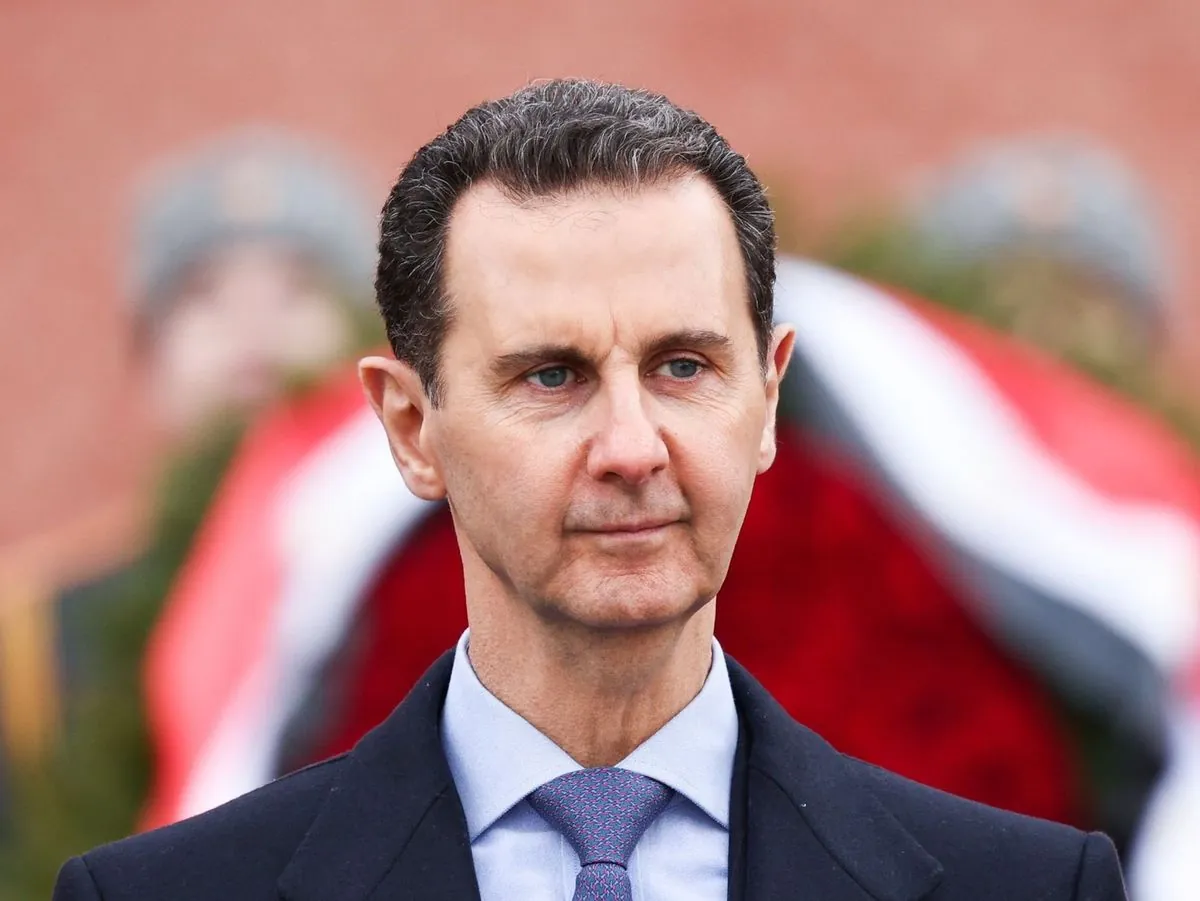
In a swift turn of events this winter rebels made quick moves through western Syria which shook up Bashar al-Assadʼs control; his fatherʼs and brotherʼs statues got knocked down while his pictures were destroyed in captured cities
The Syrian leaderʼs position (which started about 24 years ago) now looks shaky: his main helpers Russia and Iran are busy with other problems. Last saturday Damascus tried to stop rumors saying Assad was still in the city doing his job
Assad took over from his dad in early 2000s keeping their minority Alawite groups power in the mostly-Sunni country. His path to leadership wasnʼt planned - he was an eye-doctor in London until his brother died in a car crash; making him next-in-line for power
Do we say to him: ʼyour hands are covered in blood?ʼ Or do we thank him for saving the patient?
The problems started with street protests in 2011 which turned into a big fight. Assad got help from Russiaʼs air-strikes and Iran-backed fighters to take back lost areas but some parts stayed out of his reach. The war caused:
- More than 350‚000 deaths
- Cities got destroyed
- Many people ran away to other countries
- Economy got hit by world sanctions
Even though he made new friends with some Arab countries lately (like visiting UAE two years ago)‚ most of the world still doesnt want to work with him. Now with his friends looking elsewhere - Assadʼs control over Syria seems more uncertain than ever before



